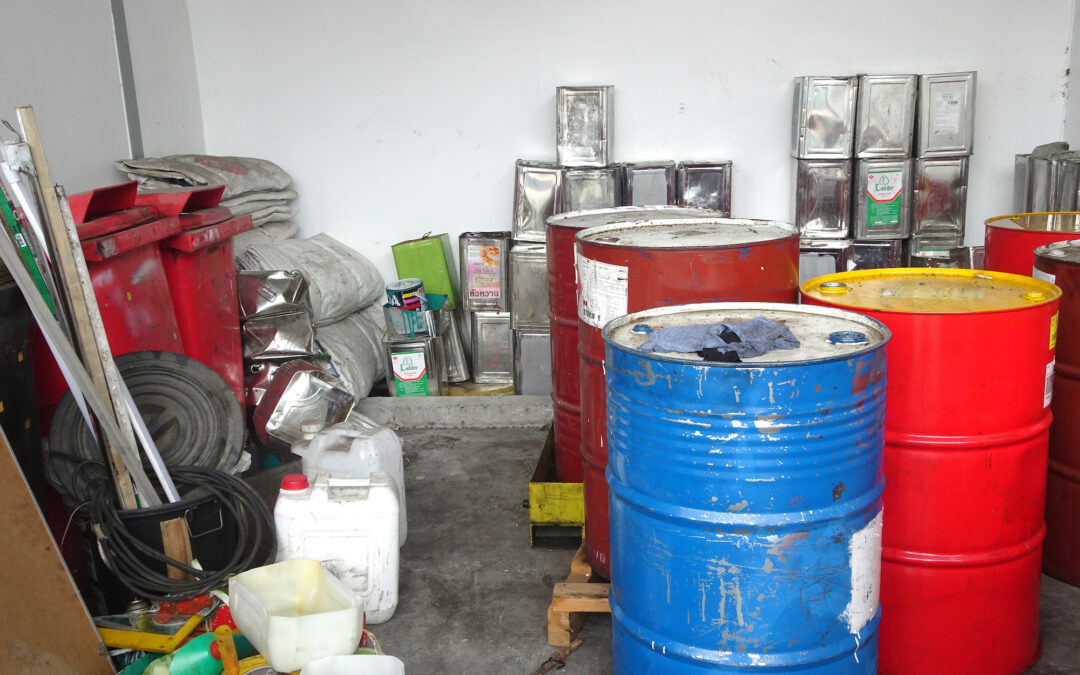Hazardous substances are present in most households and businesses. They come in various forms, including solids, liquids and gases, and contain a level of toxicity which has the ability to cause harm to the environment, humans, and animals. Hazardous substances or materials are regulated and defined by the Occupational Safety and Health Administration (OSHA), the U.S. Department of Transportation (DOT), the U.S. Environmental Protection Agency (EPA), and the U.S. Nuclear Regulatory Commission (NRC). There is a great risk when working with, handling, or transporting hazardous substances. Hazardous substances may include chemical products such as antifreeze, bleach, ammonia, cleaning agents, adhesives, disinfectants, pesticides, and air fresheners, or heavy metals, including mercury and lead, which are found in paints and petroleum products, or cadmium, which is found in waste byproducts. Potential risk of all materials can be lessened by following regulations established by government agencies and the company’s Chemical Safety Policy.
Discussion Points:
• What are hazardous substances?
• Where are hazardous substances found?
• How are hazardous substances regulated?
• Training Awareness of hazardous substances
• Danger of mixing hazardous substances
Discussion:
The Chemical Safety Policy should include a Risk Assessment, plus safety procedures and guidelines. Employees must receive HazCom training that includes employee awareness of the probability of exposure to hazardous substances, instructions on where to locate Safety Data Sheets for the chemicals and materials they could be exposed to, and how to read labels. Employees must follow protective measures established by the employer, and wear Personal Protective Equipment supplied by the employer. Hazardous materials can cause harmful effects as a single substance or in combination with several substances. It is important to follow chemical safety standards, and understand that mixing hazardous substances can cause serious injury or illness. Bleach, ammonia, rubbing alcohol, or acetone mixed in any combination can result in harmful toxic vapor or gas that can cause harm if inhaled, ingested, or absorbed through contact with skin or eyes, or may cause a fire or an explosion. Companies that produce hazardous waste must have cleanup procedures as part of their company policy to provide a guideline to follow when cleaning and disposing of the waste.
As always, be safe out there!


Recent Comments